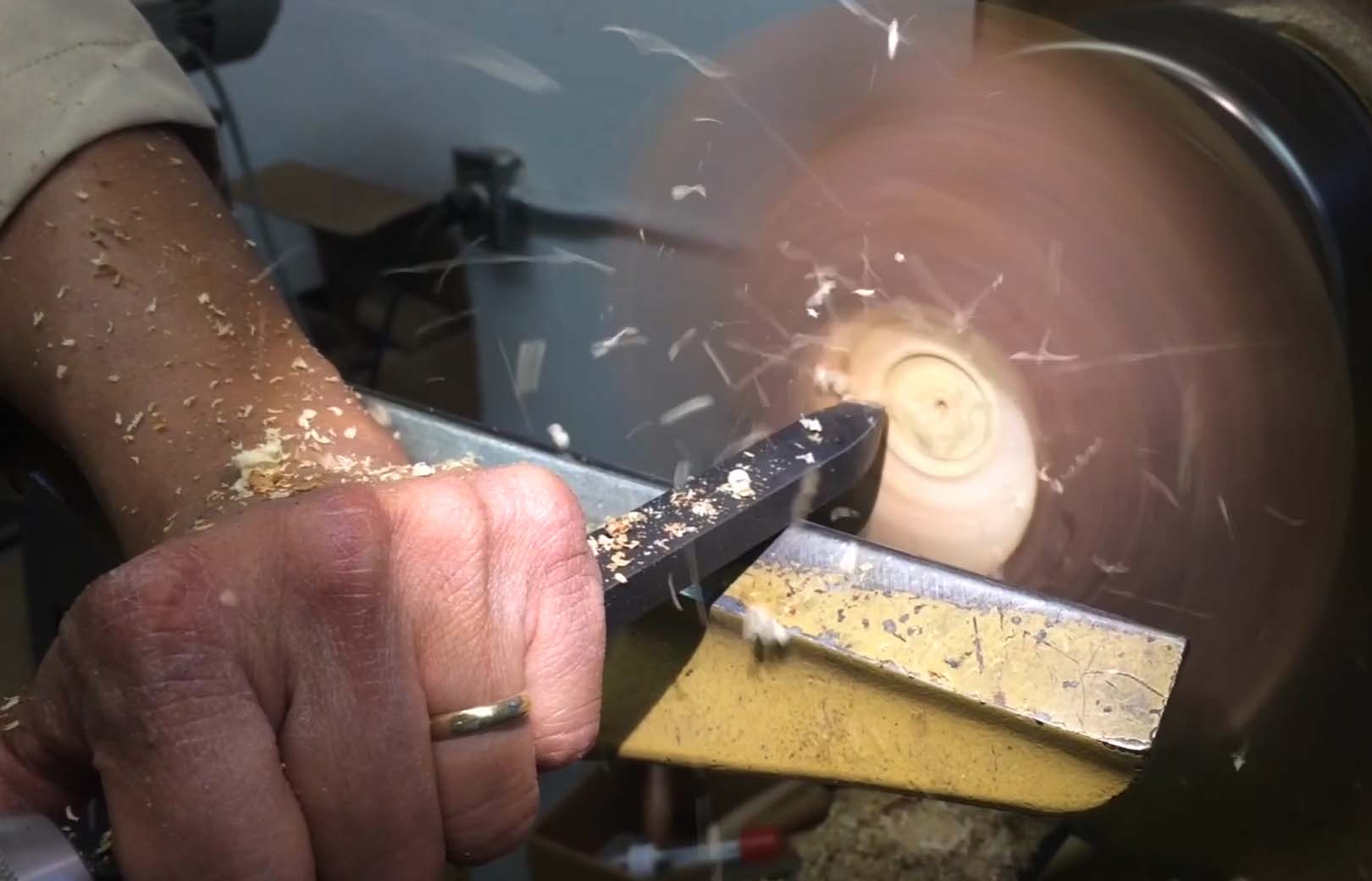

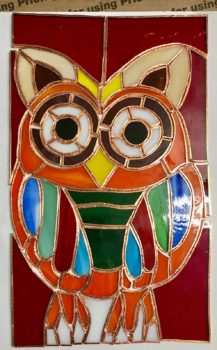
Since my last blog, I have been busy at the shop making creations for Nielsen Magic and I have been traveling. My travels involved going to school to further refine my woodworking skills, which I hope to write about, my adventures in future blog posts.
The last blog post I wrote “Making a Barrister Bookcase Part 1 of 3” explained my experience with making a Barrister Bookcase. The carcass for the bookcase was completed, along with the frames for the doors.
A characteristic of this design is that the doors have panes of glass used to protect the interior of the cases. It is very easy to install glass inside doors. All you have to do is route a rabbet in the interior part of the frame large enough for a glass pane.
I wanted the bookcase to have some character and personality. To do that, I decided to use Panamanian motifs to decorate it. In my native country of Panama, the Kuna Indians sew unique quilts called “molas”. Molas are made out of layers of fabric that are cut and sewn into patterns or motifs reflecting the everyday life of Kunas. Some molas have plants portrayed on them, others have local fauna. Some are very complex in nature. They tend to be colorful and take many hours to make.
Here are some Panamanian Kuna Indian designs that I used for the project:
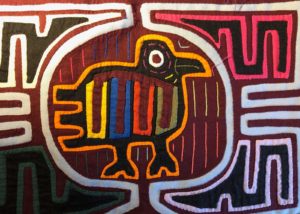
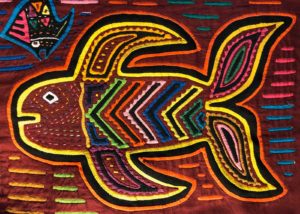
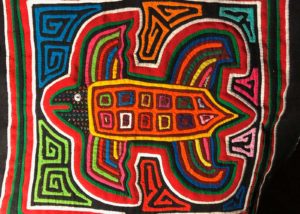
I decided to transfer mola motifs into stained glass for the doors.
The process would not be easy because I have never worked with stained glass before. Lol! Upon visiting the house of my friends Jimmy and Mary Clewes, I noticed that they had a lot of stained glass pieced decorating their home. I asked Mary: “Do you know anyone that could make four stained glass panes for me?” She answered: “I can do it, and even better, I can teach you what I know about stained glass.” That was unbelievable! That was an offer I could not refuse.
Mary has been working with stained glass for many years and is an expert at it.
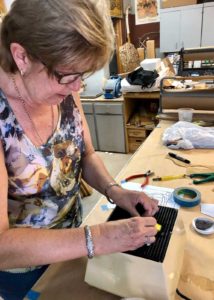
Designing the Stained Glass Panes for my Barrister Bookcase
The first thing we did, was to translate the mola designs into designs that could be cut in the new glass medium. Molas are very intricate. Unfortunately, glass can only be cut to a certain size, and we will lose a lot of detail. However, we would keep a lot of the character, color and the Panamanian feel of the design.
Cutting the Stained Glass Panes for my Barrister Bookcase
Cutting the pieces of glass came next. We gathered lots of colorful stained glasses, used a glass cutter and a grinder to cut the glass into pieces, and match them to the design like a puzzle.
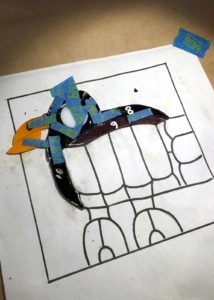
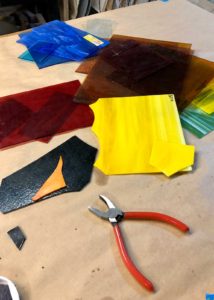

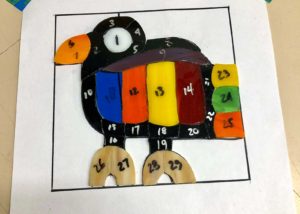
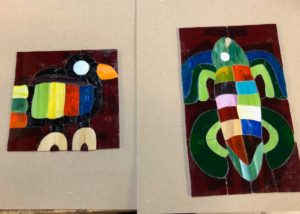
All the pieces were held with copper tape and soldered.
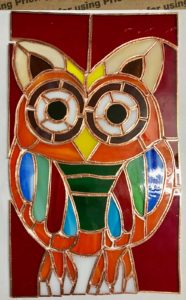
Here is a video of the first lesson Mary gave me, in which she taught me all of the above, which consisted of cutting, grinding, fitting, and spot soldering the glass.
Mary Clewes teaches me how to make a stained glass panel for my Barrister Bookcase.
Once the main designs are completed, what is left is to incorporate them into the rest of the glass panel.

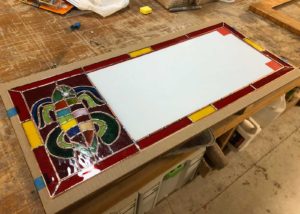
This video shows me soldering one of the glass panels. The process has been speeded up considerably.
The final result was exquisite, and it consisted of four beautiful stained glass panels to add to my bookcase.
Like what you’ve seen so far? How will my Barrister Bookcase turn out after all is created and put together? Find out in my next blog post!
Next blog post:
Part 3 – See the completed project.
-Lupe Nielsen
(October 4, 2020)